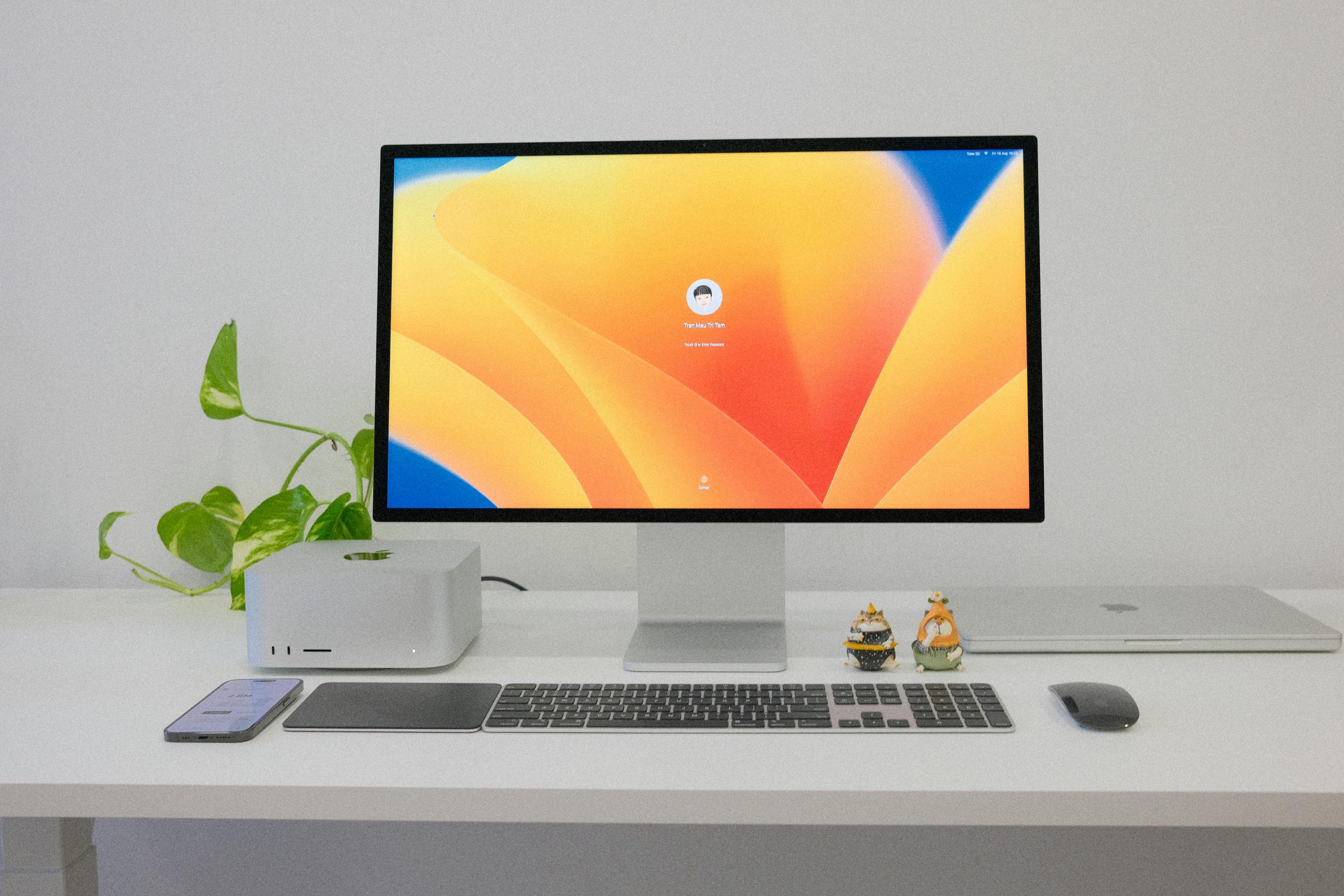
- How to Choose a New Computer That Fits Your Budget
In this article
With an ever-changing technological world, it can be difficult to navigate the web to discover a decent and up to date computer to meet your needs. There are so many options, and sometimes the searching can be mind-numbing. A good choice has always been relying on tech websites for current and viable information. We’d like to throw our hat in the ring, but take a slightly different approach.
Rather than recommending a lot of specific models, this guide will focus on laying out the basics of three price-ranges of computers, list the common needs and uses, and finally explain about some of the components you’ll want to look out for as you shop. We have included a link to an example computer for each section, but this by no means an endorsement or recommendation for what you should buy.
Casual-Use Computer ($200 – $400)
If Microsoft Office, Google Drive, and web searching are going to be the main uses, then a ground-level computer would be about perfect. With a more casual computer, you’re usually better off at going with a laptop than a stationary desktop. The portability allows you to work from anywhere, whether in college or the office, and you can simply pack it up and move around as needed. They are also great for hooking up to a TV to watch movies.
One component you want to keep in mind is ensuring that the laptop has an SSD storage(Solid State Drive) not an HDD storage (Hard Disk Drive). The reason for this is when you store your information on a Hard Disk Drive and your computer needs to pull from that drive, it will take far longer than a Solid State Drive. It’s often one of the first things to wear down over time and is a major cause for a computer’s slowness. Often, the only fix is to replace a slow or failing hard drive completely. If the computer you select has an HDD, it will still work great, but if you ever switch over to an SSD you’ll notice an immediate difference.
Other specs to keep in mind is HDMI port, amount of USB ports and battery life. The HDMI ports will allow you to connect to a TV or a projector, and USB ports will enable you to use thumb drives or connect a mouse. Both of these features are important and luckily standard on most laptops these days.
Example of Casual-Use Laptop with an SSD
Medium Workload System ($400 – $1000)
When you’re looking for more of a family computer, this will be what you are looking towards. With kids in the house, and how popular gaming is, you would want a computer to be able to run what they play well enough, while also not breaking the bank. These computers by no means will be virtual reality capable, but still will be able to manage popular games such as Fortnite, Minecraft, or League of Legends for example.
A computer at this level will be capable of photo editing, but it will probably struggle with any serious video editing, digital design, or serious video gaming. At this price point, you can often get a lot more mileage out of a stationary desktop versus a laptop. Because of a laptop’s much smaller form factor, every component inside has to be specially designed and manufactured. In a desktop, you have access to hundreds of parts and are not under the same restrictions, making it more bang for your buck.
With a medium workload computer, be on the lookout for: USB 3.0 ports; multiple display options such as HDMI, VGA, or Displayport (these allow you to connect extra monitors): “dedicated graphics” if you’re wanting to edit and game; and of course an SSD for storage. Most desktops will also have the option of having both an SSD and an HDD. This just means more storage space for you while enjoying the higher speed of the SSD.
Example of Medium Workload Desktop
Powerhouse Computer ($1200 – $3000+)
If you are looking for bragging rights with a computer, then this is where you need to look. These top-performing computers are built to withstand practically any workload you wish to throw at it: 4K gaming, professional editing and design, 3D animation, rendering, etc. You will be able to push your computer to the limit. The specs on these computers will put the lower-tier options to shame.
Likewise, your storage is nothing to worry about. Terabyte (TB) drives are the norm for machines at this level, and these can feel like nearly unlimited storage. Each terabyte is one thousand gigabytes of space making it incredibly difficult to fill up with data. Unless you are doing some serious video editing and 3D rendering, you probably won’t need more than a one or two TB drive.
Laptops and Desktops are both viable options here, but like the previous section, laptops that are the same price almost always will have a lot less power because of their added portability and convenience. Just this last year, the companies NVIDIA and AMD both put out some stellar graphics cards and the capability of computers has skyrocketed! The new RTX 3000 Series is a competitive benchmark and strong option for your computer if you want to go this route.
At this level, custom-building the machine is a popular option, but there are plenty of pre-made ones that will be fantastic workhorses for you. While we understand that this level is certainly not for everyone, if you have the money to spend on a nice machine you will certainly enjoy the payoff it provides.
If you have any questions, feel free to contact us for help!

